Rides
Cabot Trail, Cape Breton Island, Nova Soctia
Tadoussac to Natashquan, Quebec
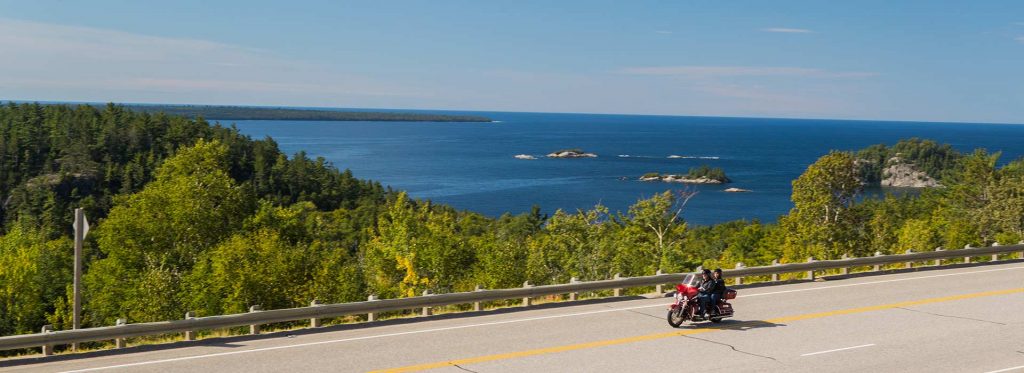
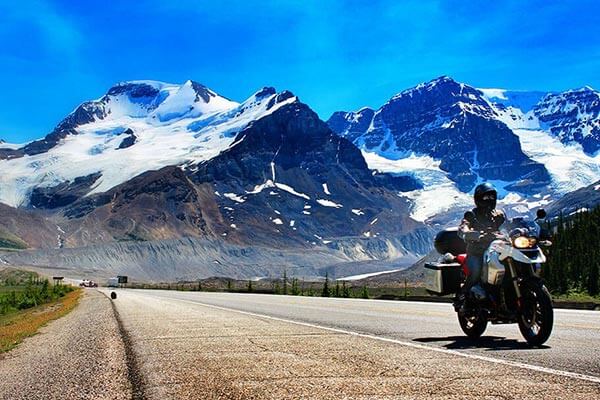
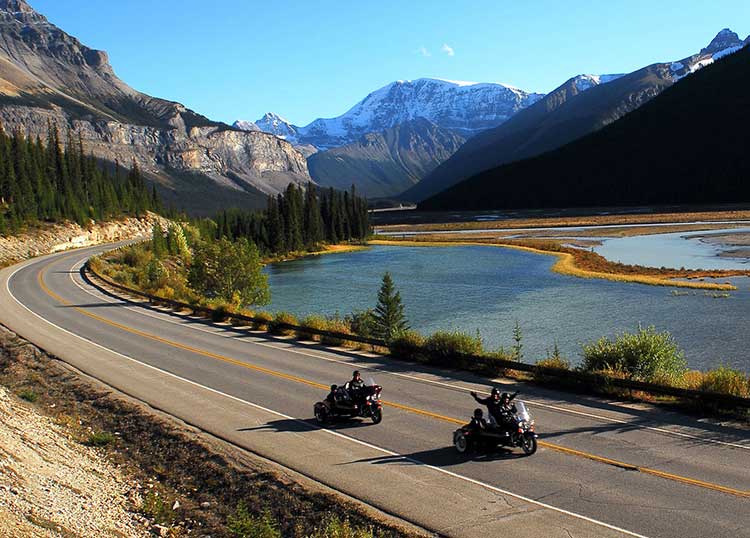
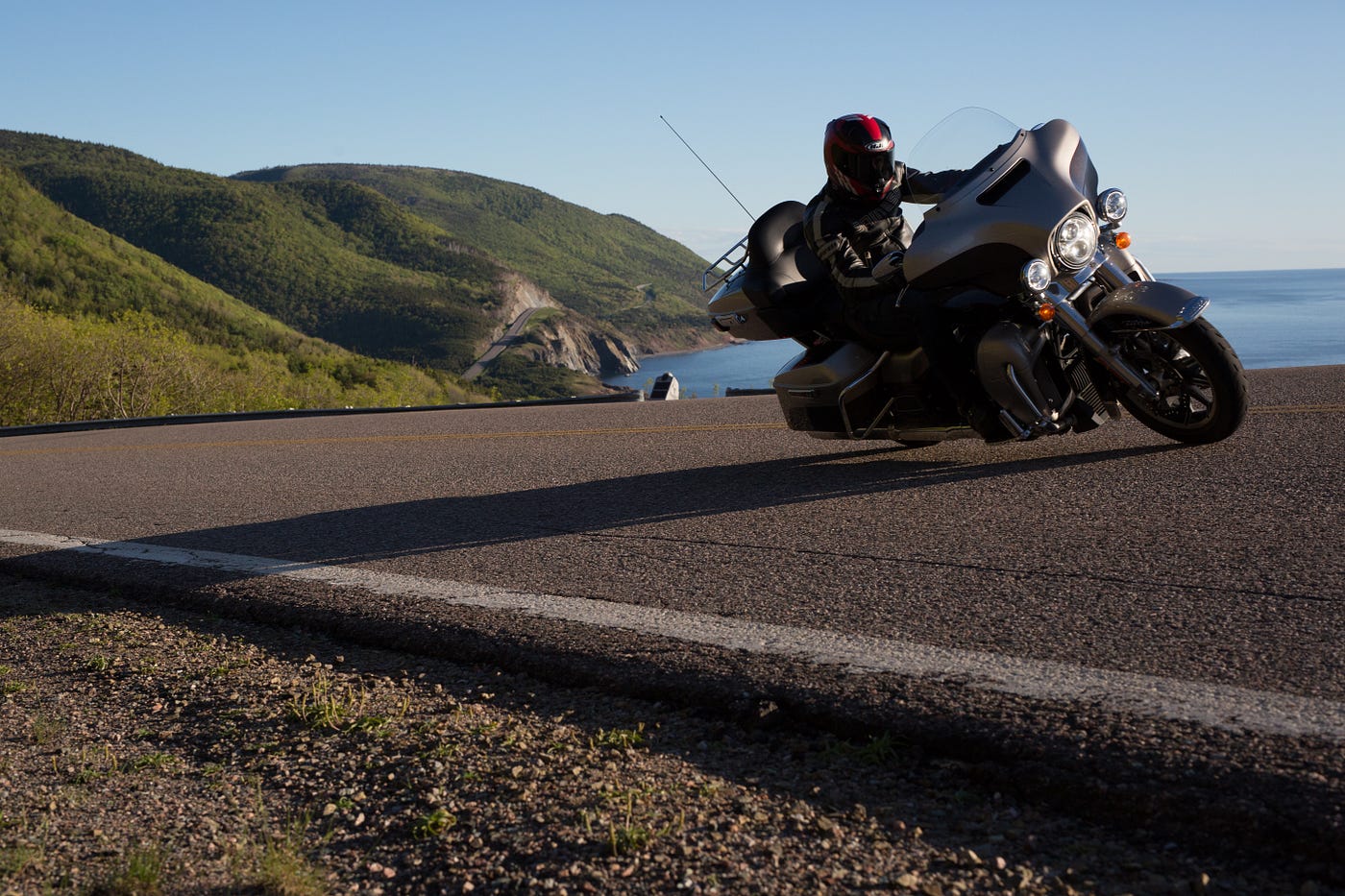
Requirements
| Carnet de Passage | not required |
| Insurance | compulsory third party insurance |
| International driving permit | require IDP 1949 |
| Travel Visa | e-visa, 6 months |
Riding in Canada.
You need understandable documents.
It is also worth printing off the Constat Amiable D’accident Automobile, which is used across numerous and other countries (the downloadable one on our website has English as well as French).
A full bike license is essential.
To ride in Australia, you need a full UK bike licence, which authorises you to ride in your home country. Therefore, if you have a restricted licence in the UK, you cannot ride an unrestricted bike in Australia.
If you take your bike there, your taking your bike back.
Your bike will be registered entry into Australia and you must leave with your bike. customs officers are meticulous. If you leave the Kingdom you must have your vehicle entry papers stamped having the country. If you cross the border and intend to return, must go through the entire process again. This is to prevent vehicle smuggling.
Rules of the Road
For the most part, driving in Canada is very similar to driving in the United States, but there are some slight differences in the laws and provincial rules of the road between the countries. In particular, speed is measured in kilometresYou can drive in Canada as a foreigner with a valid license from your home country and proof of auto insurance. A driver’s license and insurance from the United States are also valid in Canada for a short while (up to 90 days in some provinces).1 Visitors from other countries are advised to get an International Driving Permit (IDP) and will need to purchase insurance to rent a car.
Checklist for Driving in Canada
Proof of auto insurance (required) (not miles) per hour in Canada, and right-hand turns are not allowed on red lights in Montreal (however, you can turn right on red in the rest of Quebec).
You must carry at all times when riding:
- Driver’s license (required)
- Proof of insurance
Individual driving laws can vary by province or territory in Canada but, for the most part, the basics for driving in Canada remain the same regardless of region—and are often quite similar to driving in America, such as driving on the right side of the road. However, there are some major differences between the rules of the road in the United States and Canada.
- Speed limits: In Canada, speed limits are posted in metric units. Common limits include 50 kilometres per hour (31 miles per hour) in cities, 80 kph (50 mph) on two-lane highways, and 100 kph (62 mph) on most highways.
- Road signs: Depending on what province you’re in, road signs will be in English, French, or both; for instance, in Quebec, some signs may only be in French.
- Smoking: Many provinces, including British Columbia, Newfoundland and Labrador, Manitoba, Ontario, New Brunswick, Prince Edward Island, Saskatchewan, and Yukon Territory, have banned smoking in cars where minors are present.
- Cell phone use: Cellular devices must be used “hands-free” when driving.
- Carpool/HOV Lanes: Some provinces have introduced HOV (High Occupancy Vehicle) lanes in dense urban areas with heavy traffic. These lanes are restricted to cars with at least two people and may be marked with diamonds or otherwise.
- Toll roads: Toll roads do not play a significant role on Canadian roads. Drivers pay tolls on some bridges crossing into the U.S., and there is one in Nova Scotia. In Ontario, 407 Electronic Toll Road (ETR) alleviates the heavy congestion on major corridors between Toronto and outlying areas, especially Hamilton. Toll booths have been replaced by an automatic system where a photo of your license plate is taken as you merge onto the 407. A bill reflecting the distance travelled on the 407 is sent to you later, or applied to your car rental bill.
- Alcohol: Driving under the influence of alcohol (DUI) is a serious offense in Canada and can result in a driving suspension, vehicle impounding, or arrest. Canada’s blood alcohol standards are very strict. It is a criminal offense to drive with a blood alcohol concentration (BAC) of 0.08 percent. Those registering a lower BAC are charged under provincial and territorial traffic acts. Refrain from drinking and driving and opt for a taxi or public transportation.
- Right turn on red: Montreal is the only place in Canada that does not permit right-hand turns on a red light. The rest of Quebec allows right turns on red, unless prohibited by a traffic sign.
- In case of an emergency: The Canadian Automobile Association offers roadside assistance in case of a breakdown while driving in Canada.
Driving in Canada in Winter
Don’t underestimate how challenging driving a car during the Canadian winter can be. Heavy snow, black ice, and white-out conditions wreak havoc on even the most experienced drivers.
Check weather conditions for your destination in Canada before traveling and decide if winter driving is something you’re ready to undertake. If it is, be sure to have a charged cell phone with emergency numbers programmed in, and pack a kit including things like a blanket, ice scraper, flashlight, and sand or kitty litter for traction. In some cases, like driving through mountains, snow or tire chains may be necessary for maximum traction.
Maps
Canada West £14.49, Canada East £14.25, Canadian Rockies £12.60
How to get to Canada
Ship
–
Arrive and ride
–
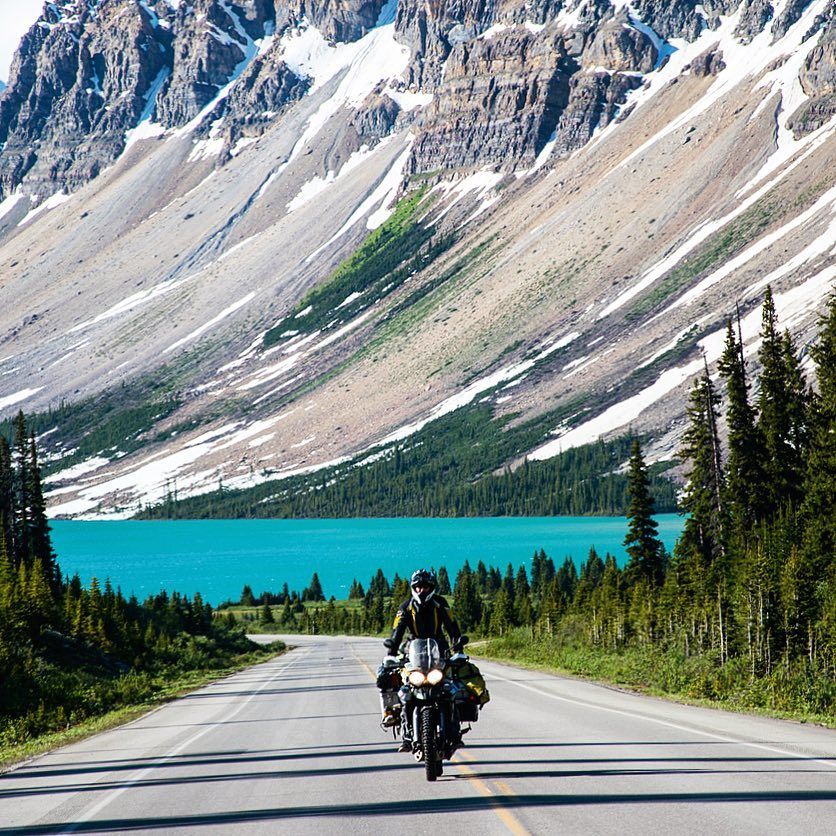
We may receive a commission if you purchase a product using the affiliate links on any page of this website. This is at no cost to the purchaser, however does support our website and helps us to continue to build with more great content.
Please note, this page was correct when written in January 2025.
